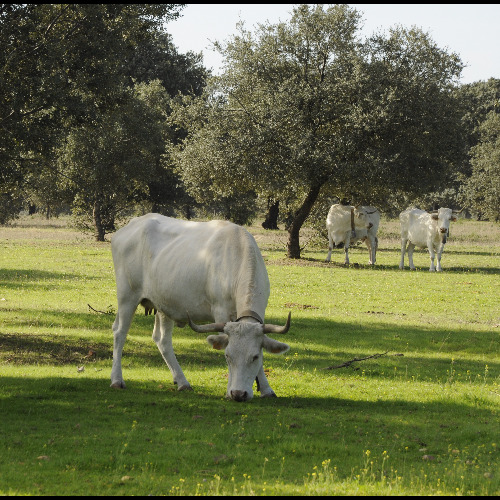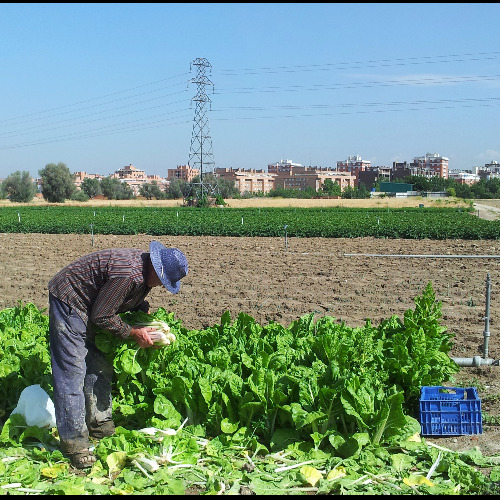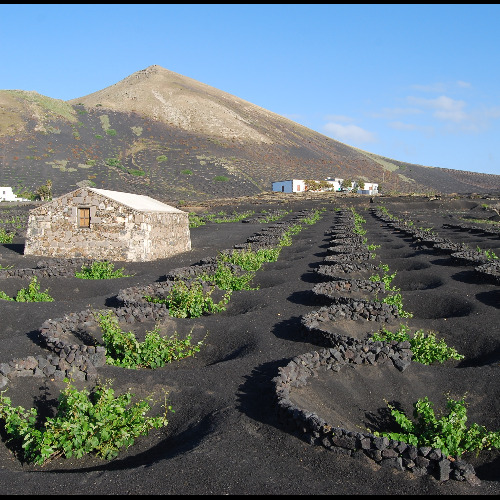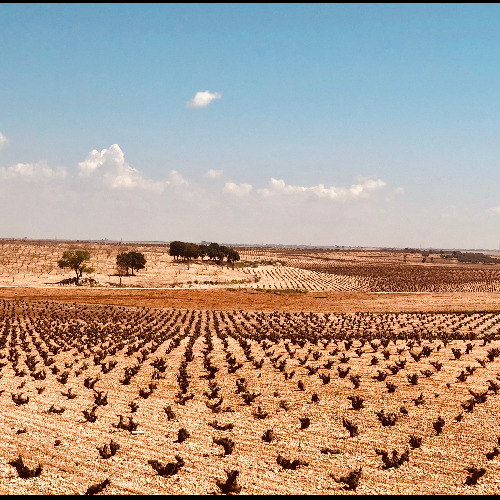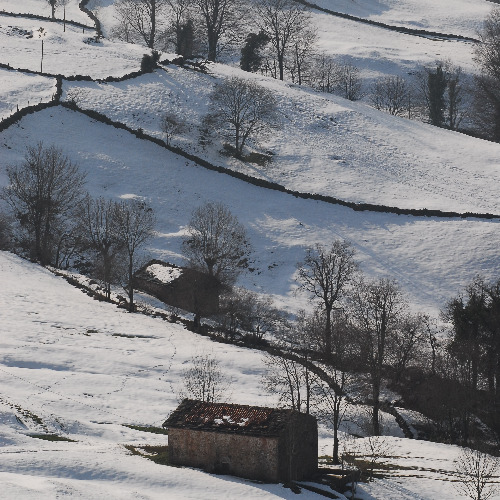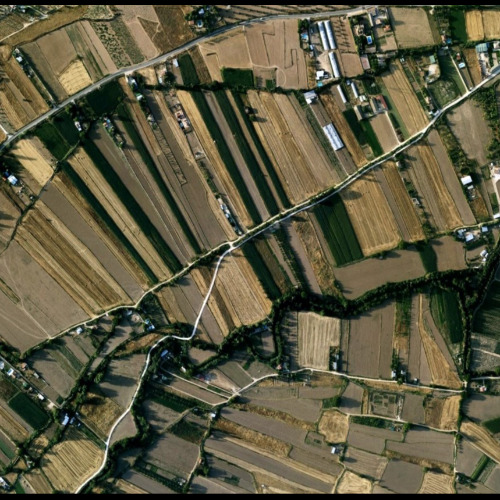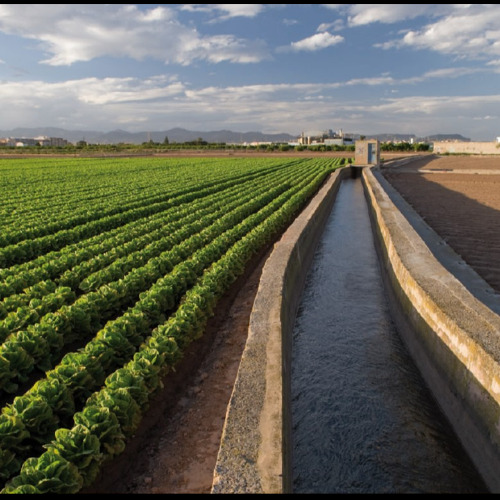Multifunctional and Territorialised Agri-Food Systems in Spain
Presentation
The SAMUTER project (Multifunctional and Territorialised Agri-food Systems) studies those agri-food systems which, in addition to being multifunctional – as most of the existing ones are, to a greater or lesser extent – are also characterised by their territoriality. The territoriality of SAMUTER, according to different theoretical and disciplinary perspectives, in particular those formulated around Territorialised Agri-Food Systems (SAT) and Local Agri-Food Systems (SIAL), and by Alberto Magnaghi’s “territorialist approach”, is understood as the anchoring of these systems in the territory throughout the entire production cycle, in particular in the production and transformation phases, and, depending on the type and location of the production system, also in the distribution and consumption phases.
SAMUTER, which are conceived, in the context of sustainable development and food sovereignty, as alternative systems to the hegemonic agro-industrial systems of mass production and consumption, highly dependent on fossil fuels, globalised and heavily financialised, are characterised by (i) by production models that involve good management of natural resources in coherence with the agro-ecological potential of the territories, providing multiple ecosystem services; (ii) for the rapprochement between agriculture and processing industries, in particular the agri-food industry; and (iii), when there are circumstances of proximity between production and consumption areas, due to the orientation of a diverse and quality agri-food supply aimed at satisfying nearby local demands through short marketing channels.
Precisely because of the territoriality of the SAMUTERs, their study in mainland and island Spain is addressed in this project in three major geographical contexts: (i) mountain and upland areas, where agro-livestock and forestry systems dominate; (ii) the large inland and coastal plains and countryside, areas where large monocultures, both rainfed and irrigated, are commonly planted; and (iii) metropolitan and urban regions, with a predominance of different types of peri-urban agriculture. These contexts imply differentiated agro-ecological bases and equally different systems of exploitation, transformation, distribution and consumption, as well as the formulation and implementation of specific public policies, mostly autonomous. Within these three large SAMUTER territorial groups, diverse agricultural landscapes are configured, organised and function according to distinct ecological, historical, socio-economic and cultural patterns, which make the landscapes an expression of the character, meaning and identity of each SAMUTER, and one of the foundations for renewed strategies of marketing.
Alongside the conceptual treatment of SAMUTERs and the development of methodologies for their identification, mapping and characterisation, the project also addresses the study of exemplary cases in different geographical and landscape contexts. In addition to the specific analysis of each case, these, appropriately chosen according to geographical contexts and landscape, aim to contribute to the global knowledge of the SAMUTERs, their functioning and forms of governance.
The research team set up to tackle this project is made up of people from twelve universities, with the participation of some European researchers from Portugal and Germany, with long experience in the study of the agricultural systems and landscapes of the Peninsula and the Canary and Balearic archipelagos.

